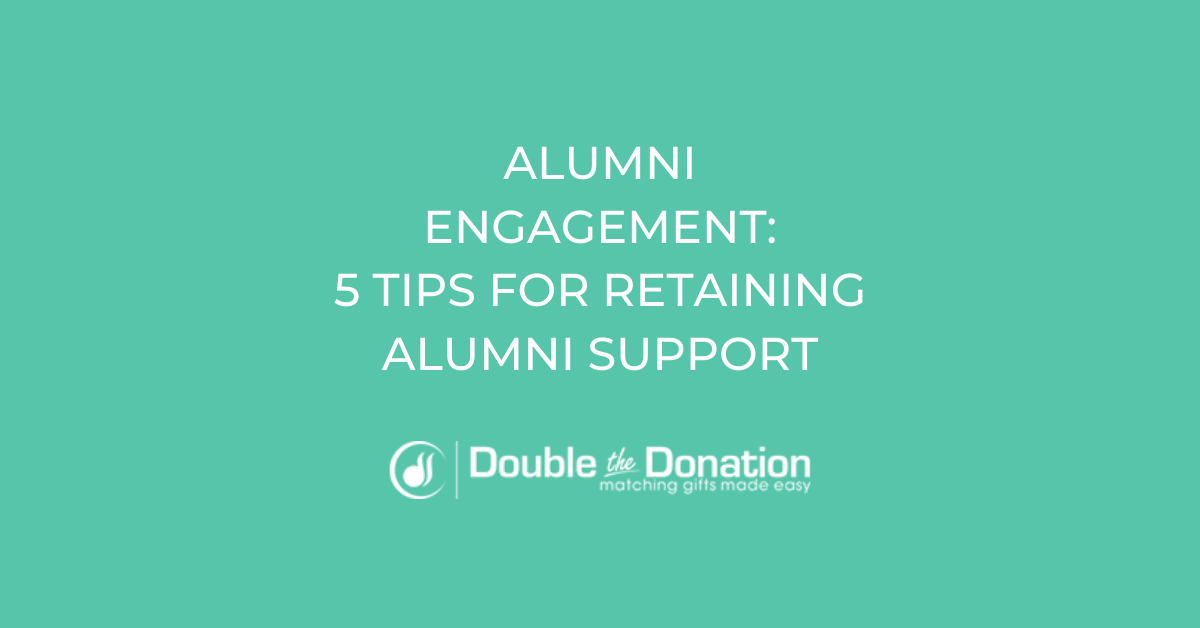min read

gamify
[gey-muh-fahy]
verb (used with object), gamified, gamifying.
1. to turn (an activity or task) into a game or something resembling a game:
Let’s start with rule number 1: fundraising doesn’t have to be boring.
There are far too many things in life that are taken too seriously. And while you should speak to the cause you’re fundraising for with sincerity, that doesn’t exclude playfulness! Adding a gamelike, and even a competitive, element to how you manage donor motivations can improve engagement and boost gift size.
After all, who doesn’t love a little healthy competition for a good cause?
When thinking of ways to gamify your giving initiatives it’s important to ask yourself “why will my donors play?” If you can offer incentives and drive home the ROI of support, you can create an intriguing opportunity for potential supporters.
Challenges

Initiating organization-wide giving challenges can add an air of fun and competition within your community. Not only can these challenges be created to seem gamelike, but they diversify your strategy and are beneficial in re-engaging donors who haven’t contributed recently and may be spurred by peer group activity.
There are several different approaches to take with the structure of your challenges. Take the liberty to get creative when conceptualizing the possibilities, but here are some ideas to get you started:
- Time-centered: Setting challenges throughout the day can prompt you to increase funds in an area of the donor’s choice. Each hourly challenge should correspond with a time, donation match, and requirements to get the match. For example, from 10-11AM the student organization that gets the most gifts this hour will receive $1,000.
- Amount-centered: This can be along the lines of the story with the most $100 donations gets a gift, or similarly the story with most $10 donations gets a $1,000 gift. Again, this can be centered in a certain time frame.
- Department Competition: Try creating friendly competition among departments that have multiple stories by incentivizing whichever raises more or has more donors overall. You can also create departmental challenges that can only be earned by stories within that department.
- Unlocking gifts: if you have a major donor already prepared to give, consider having that gift unlocked when you receive a certain amount of other donations or donors. It can be worded something like this “After the first 75 donors support organization, a gift of $10,000 from name of donor will be unlocked to support the cause”
Crucial to all challenges is the follow-up after the reward is achieved. Be sure to thank any supporters who participated as well as providing them with continuous updates on outcomes to create an ongoing story.
Leaderboards

You should also make sure to incorporate leaderboards as a way to reflect the challenges you’ve created. These elements work in concert to build exposure by creating an engagement point that is front-facing and updated live. Maximize the effect of your leaderboards by adding some of the following features:
- Purchasing a place: Whenever anybody clicks on your leaderboard to donate, they should always be presented with the option to move an individual story up into a certain standing (ex. 1st, 2nd, 3rd, up one place, etc.). This should include a quick button with the amount they would need to donate. This can be beneficial for the donors as well, as it can be tied to providing them with positive publicity as a gift leader on a donor wall or in a mention in an update on the story itself.
- Interactive data: Spruce up the visuals on your leaderboard. Try including appeal videos to provide a multimedia experience. Other features of interactive leaderboards can include a toggle for multiple leaderboards that have the data cross-sectioned in different ways (i.e. most donors, most dollars, most shares, etc.).
- Tracing impact: If the donor shares a link to a cause through social, email, or other media offer the ability to trace the impact of that share. For example, if a donor shares the link to a story on Facebook, you should track how many donations, impressions, and re-shares were inspired by their activity. This can be helpful in that it provides supporters a non-monetary way to engage with your fundraising. A great way to incentivize this activity is to create a donor-centric leaderboard that tracks this activity. You can even tie sharing results to incentives by allowing these supporters to participate in challenges and matches by qualifying the amount they raise as their personal contribution.
Matching Gifts

Use matching gifts to fuel your challenges and leaderboards. These elements can all supplement each other. Matching gifts are a type of giving program that essentially doubles an initial donation to an eligible nonprofit organization by incentivizing small gifts that equate to and “unlock” a major gift.
All matching gift programs are equally great! Institutions doubling the contributions of their constituents shows they are invested in their values, and it means you’re doubling the impact on the initiative itself. Keep in mind matching doesn’t have to be dollar to dollar. Matches can also be unlocked by reaching participation goals.
Another form of matching gifts is employer matching. When fundraising, always include a form that allows employees to reach out to their employer about matching their contribution. There are some great resources through Double the Donation if you’re curious about starting an employee match program.
While all matching gift programs are a strong addition to your online fundraising, it’s important to provide incentives that will encourage your community to participate. Here are a couple of ideas to get you thinking of ways to add some fun to your matching gift program!
- Faculty and staff funds: Allocate each faculty/staff member a certain amount of money to give to their cause of choice each year. Make this more enjoyable by hosting an event celebrating the causes employees contributed to.
- A raffle: Have your community pay an entry fee to submit their name into a raffle (online or in conjunction with an event advertising your online initiative). The winner of the raffle will be able to donate the money to the cause of their choosing, along with other prizes if applicable.
- Time-centered: Include a matching gift challenge in your hourly giving challenges.
- Sharing incentives: Matching gifts don’t have to simply be the amount an individual personally contributes. Consider implementing a shared media feature. If the individual shares information about a fundraising initiative, any money donated from that share could be included as the individual’s personal donation.
Rewards

Rewards are a great way to increase ROI for your donors. When developing a rewards program, the most crucial element is incorporating both tangible and intangible rewards. They don’t have to be exclusive of one another, simply deem what type of rewards should be given at different involvement levels.
Tangible rewards: These can be as simple as rewarding a donor who gave to specific story at a certain level with something like a T-shirt. In this case, consider creating a sponsored rewards program where businesses within your community can donate rewards, such as gift cards, that can be leveraged to attract donors. It’s a win-win for you both: you receive the donated funds for someone who selects a gift card as a reward, and businesses gain patrons who use the gift cards and can be encouraged to conduct repeat purchases.
Tangible rewards can also be used in a marketplace setting to put the emphasis on a donor being able to receive something of value for their contribution. For example, a donor could go to a page of all available rewards with a listed donation price. They could then select rewards that appealed to them and the funds could either already be tied to particular stories and funneled to them automatically, or a donor could then choose which stories their donations would be applied to.
The point is, this is a great area for creativity!
Intangible rewards: The beauty of intangible awards is their simplicity. From handwritten thank you notes to a tour of something newly built with raised funds, the only limit is your imagination!
Some intangible rewards can include
- Shoutouts and update mentions of major donors or participants
- Handwritten thank-you notes
- Early access to information on the next campaign or project
- Regular updates in the weeks following the story
- The ability to “sponsor” an individual in a team or group
- Free performance or a backstage pass
This guide is simply meant to help you start ideating. The most important part of gamifying your giving program is that you develop a program that best suits your organization and your community. Have fun with developing your giving initiatives and really consider what program will best encourage those in your organization to engage in the long term!







